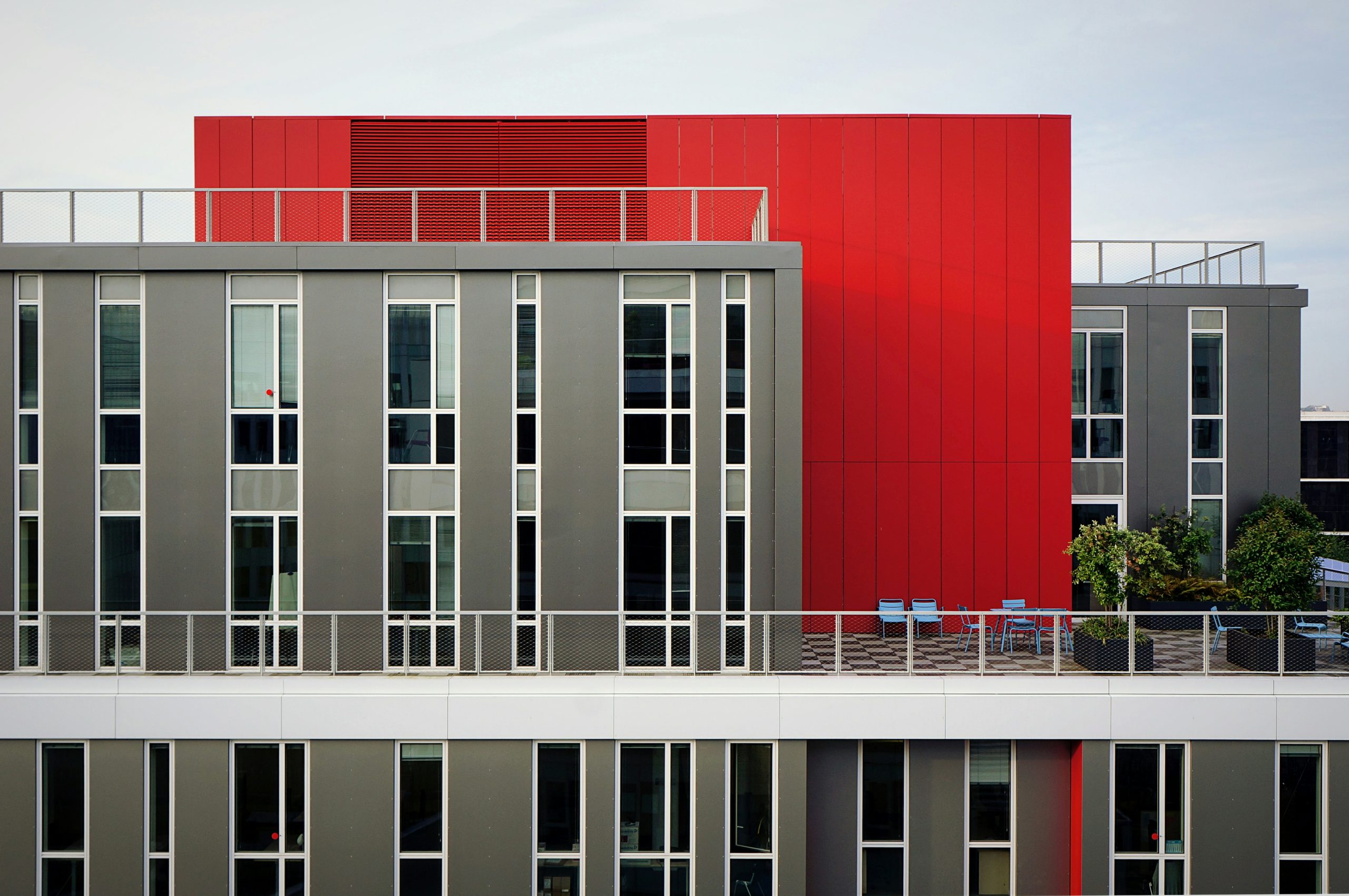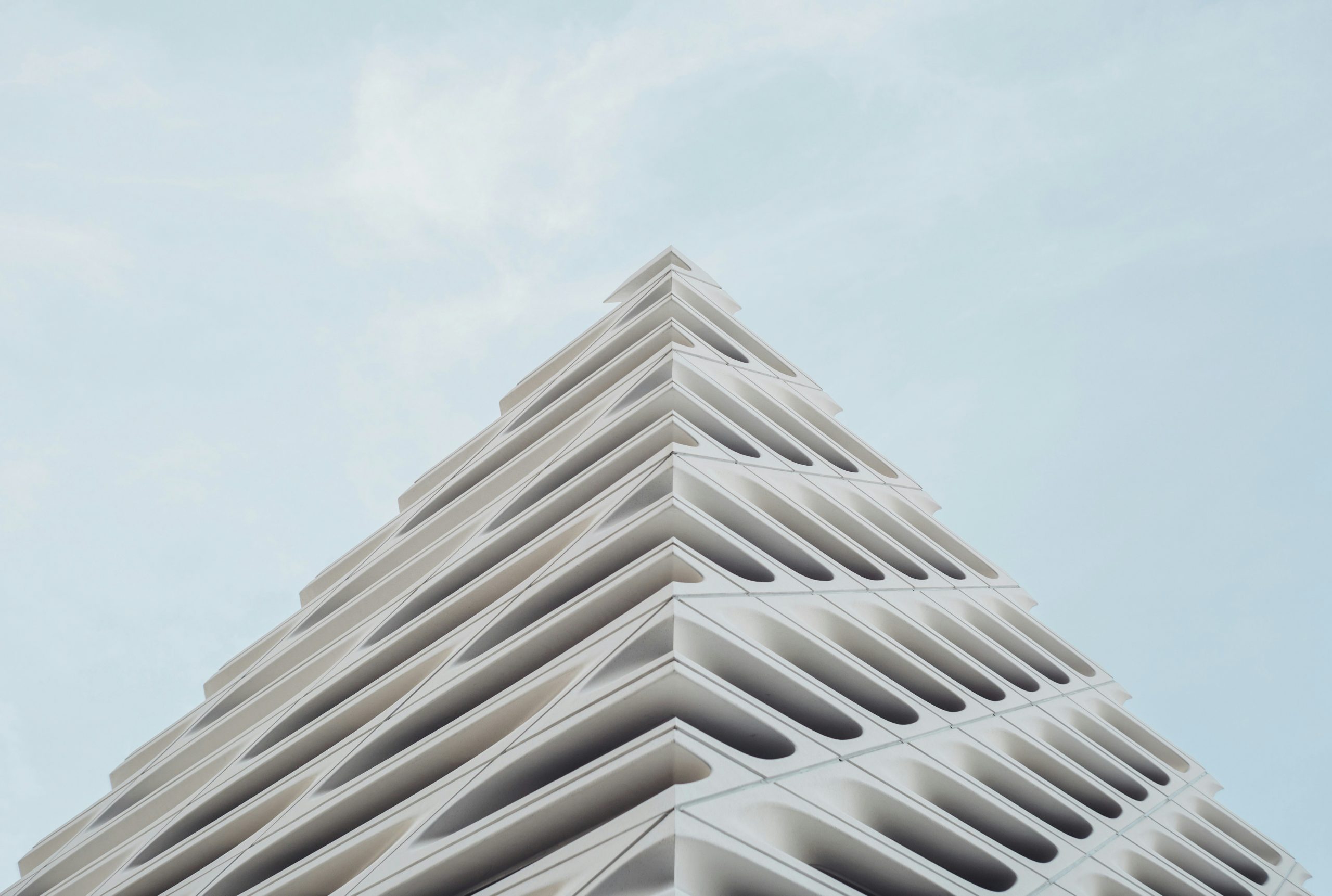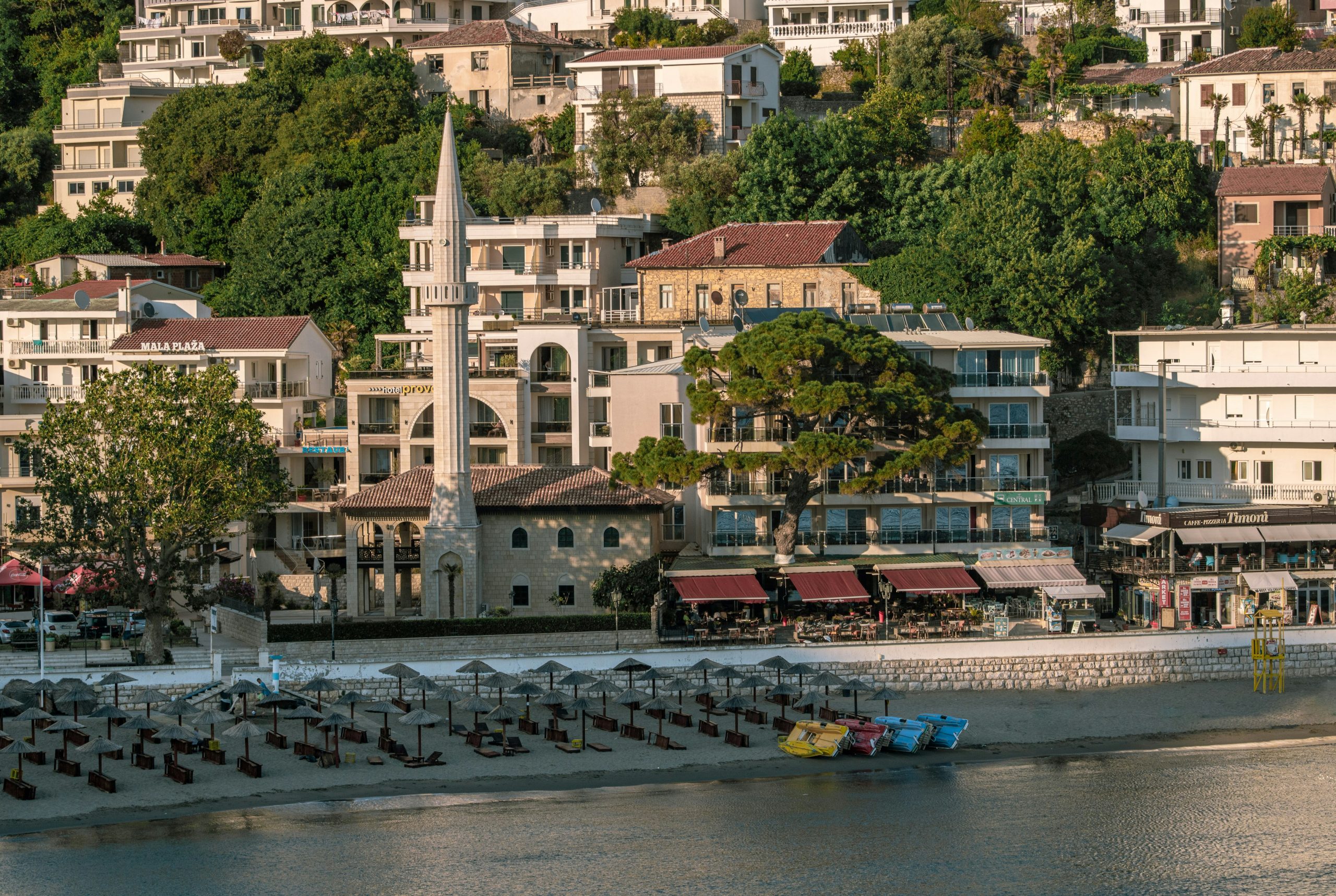Discover the mesmerizing world of Middle Eastern architecture – a captivating blend of history and modern allure that will sweep you off your feet. Find out why exploring these architectural wonders is a must for every traveler seeking cultural richness and unforgettable experiences.
exploring the rich history of middle eastern architecture

when it comes to exploring architectural wonders steeped in history, the middle east stands out as a treasure trove of remarkable structures that showcase the region’s rich cultural heritage. from ancient monuments to modern marvels, middle eastern architecture offers a fascinating journey through time, reflecting the diverse influences that have shaped the region’s built environment.
uncovering ancient wonders
from the iconic pyramids of giza in egypt to the stunning ancient city of petra in jordan, the middle east is home to some of the world’s most renowned architectural wonders. exploring these ancient sites not only offers a glimpse into the architectural achievements of past civilizations but also provides valuable insights into the cultural, artistic, and religious practices of the time.
tracing the influence of islamic architecture
islamic architecture has left an indelible mark on the middle east, with its distinctive features and intricate designs adorning mosques, palaces, and other structures across the region. tracing the evolution of islamic architecture allows us to appreciate the fusion of styles, materials, and techniques that have shaped the built landscape of the middle east over the centuries.
admiring modern masterpieces
the middle east is not only steeped in ancient history but is also home to modern architectural gems that push the boundaries of design and innovation. from the futuristic skyscrapers of dubai to the contemporary museums of doha, exploring these modern masterpieces offers a glimpse into the region’s ambitious vision for the future.
preserving architectural heritage
as we delve into the rich history of middle eastern architecture, it is essential to highlight the efforts being made to preserve and protect these invaluable cultural treasures. initiatives aimed at conserving historic buildings, promoting traditional craftsmanship, and raising awareness about the importance of architectural heritage play a crucial role in ensuring that these treasures endure for future generations to appreciate.
immersing in architectural diversity
the beauty of middle eastern architecture lies in its diversity, with each country and region boasting its unique architectural identity. immersing oneself in this architectural tapestry allows for a deeper appreciation of the region’s cultural heritage and the stories contained within its walls.
in conclusion, exploring the rich history of middle eastern architecture is not just a journey through time but a profound exploration of the region’s cultural, artistic, and religious heritage. from ancient wonders to modern marvels, each architectural masterpiece tells a unique story that enriches our understanding of the middle east’s vibrant past and promising future.
iconic landmarks in middle eastern architecture

The Grand Mosque of Mecca
The Grand Mosque of Mecca, also known as the Masjid al-Haram, is one of the most iconic landmarks in Middle Eastern architecture. This stunning mosque surrounds the Kaaba, the holiest site in Islam, and attracts millions of pilgrims each year during Hajj. The intricate design and grandeur of the mosque make it a must-see destination for anyone interested in Middle Eastern architectural wonders.
Alhambra Palace
Located in Granada, Spain, the Alhambra Palace is a masterpiece of Moorish architecture, showcasing the influence of Middle Eastern design in Europe. Visitors can marvel at the intricate stucco work, ceramic tiles, and lush gardens that make this palace a true gem of Islamic artistry.
Dubai’s Burj Al Arab
As an iconic symbol of modern Middle Eastern architecture, the Burj Al Arab in Dubai stands as one of the most luxurious hotels in the world. Its sail-shaped silhouette against the Dubai skyline is a sight to behold, attracting visitors from around the globe to witness its opulent design and breathtaking views.
Petra in Jordan
Petra, an ancient city carved into rose-red cliffs, is a UNESCO World Heritage Site and a marvel of Nabatean architecture in the heart of Jordan. Visitors can explore the intricate rock-cut architecture, including the famous Treasury and Monastery, making Petra a unique and unforgettable destination for architecture enthusiasts.
Sheikh Zayed Grand Mosque
Abu Dhabi’s Sheikh Zayed Grand Mosque is a modern architectural marvel that blends Islamic design elements with contemporary innovation. With its gleaming white domes, intricate carvings, and stunning reflective pools, this mosque is a true testament to the beauty and grandeur of Middle Eastern architecture.
Exploring iconic landmarks in Middle Eastern architecture offers a glimpse into the rich cultural heritage and artistic achievements of the region. From ancient wonders like Petra to modern marvels like the Burj Al Arab, each landmark tells a unique story of architectural innovation and creativity. Witnessing these iconic structures firsthand is an experience that will leave a lasting impression on any traveler with a passion for history, culture, and design.
the fusion of tradition and modernity in middle eastern architecture

In the realm of architectural design, the Middle East stands out as a captivating fusion of tradition and modernity, showcasing a unique blend of heritage and innovation. Let’s delve into the intricate tapestry of Middle Eastern architecture, where the past and present intertwine seamlessly to create breathtaking marvels.
Cultural Influencer: Master Architect Wang Shu
One of the key figures shaping the landscape of Middle Eastern architecture is master architect Wang Shu. Renowned for his ability to combine construction and nature, modernity and tradition, Wang Shu’s designs epitomize the harmonious coexistence of old and new. Through his visionary approach, he creates architectural wonders that resonate with the essence of the region.
Discover the Multicultural Melting Pot of Singapore Up Close
Singapore’s diverse architecture mirrors the multicultural fabric of the Middle East, blending influences from Chinese, Malay, Indian, and Western design elements. The city’s skyline showcases a harmonious fusion of traditional shophouses, futuristic skyscrapers, and lush green spaces, offering a visual feast for architecture enthusiasts.
Facing Posterity
In the Middle East, architectural landmarks stand as tangible links to the region’s rich history and cultural heritage. From ancient mosques and palaces to modern urban developments, each structure tells a story of tradition passed down through generations. Middle Eastern architecture serves as a bridge between the past and the future, allowing us to face posterity with reverence and respect.
Chinese Architecture in Miniature
The intricate details and ornate patterns found in Middle Eastern architecture often draw parallels to the artistry of Chinese design. Miniature replicas of iconic structures, such as the Great Mosque of Cordoba or the Taj Mahal, showcase the beauty and complexity of Middle Eastern architecture on a smaller scale, highlighting its intricate craftsmanship and timeless appeal.
Natural Architect
Nature plays a pivotal role in shaping Middle Eastern architecture, with elements like courtyards, gardens, and water features seamlessly integrated into the design. The region’s architecture harmonizes with the natural landscape, creating a sense of tranquility and serenity in the midst of bustling cities. Middle Eastern architecture is a testament to the symbiotic relationship between human creativity and the environment.
Popular Science
Architectural innovations in the Middle East combine traditional building techniques with cutting-edge technology, showcasing a forward-thinking approach to design. From sustainable materials to energy-efficient systems, Middle Eastern architecture embraces modern advancements while staying true to its cultural roots. It’s a testament to the region’s commitment to sustainability and progress.
Kenzo Tange
The legacy of visionary architect Kenzo Tange has left an indelible mark on Middle Eastern architecture. His bold and innovative designs challenge conventions, pushing the boundaries of creativity and imagination. Tange’s influence can be seen in iconic structures across the Middle East, illustrating his enduring impact on the architectural landscape.
Birthplace of Saudi State Comes to Life with Opening of Bujairi Terrace, Turaif
The recent opening of Bujairi Terrace in Turaif, the birthplace of the Saudi state, breathes new life into the region’s architectural heritage. This cultural landmark celebrates the traditions and customs of the region, offering visitors a glimpse into Saudi Arabia’s rich history and heritage. Middle Eastern architecture serves as a living legacy, connecting the past with the present.
Green, Green River of Home
The lush greenery and flowing rivers of the Middle East inspire a sense of tranquility and harmony, reflected in the architectural designs of the region. Middle Eastern architecture embraces the natural elements, creating spaces that coexist harmoniously with the environment. The “green, green river of home” symbolizes the region’s deep-rooted connection to nature and sustainability.
Connected to the Middle East
In conclusion, Middle Eastern architecture embodies the fusion of tradition and modernity, weaving together the threads of history and innovation. From visionary architects like Wang Shu to cultural landmarks like Bujairi Terrace, the region’s architectural heritage is a testament to the enduring legacy of the Middle East. Explore the captivating world of Middle Eastern architecture and experience the rich tapestry of heritage and innovation it has to offer.



